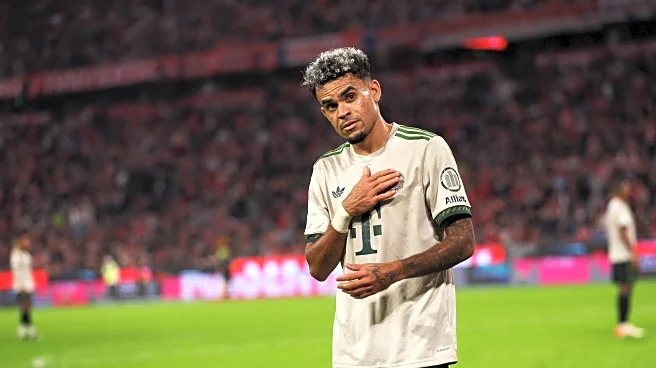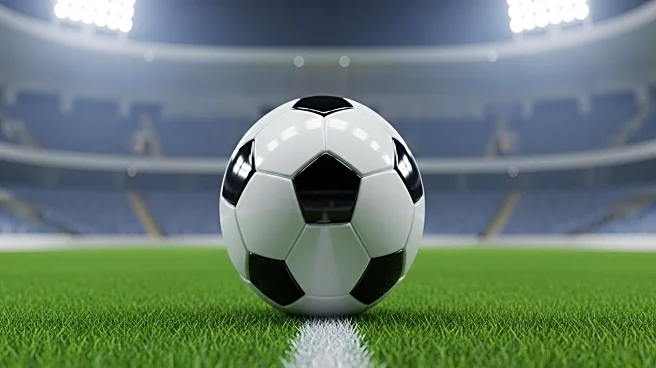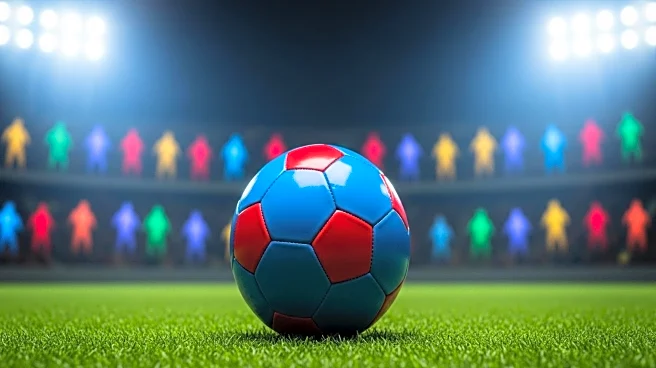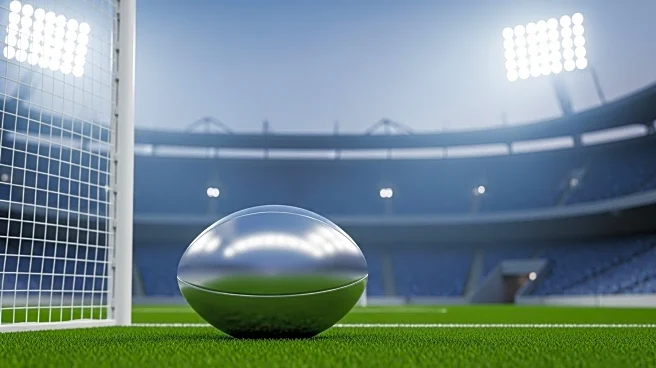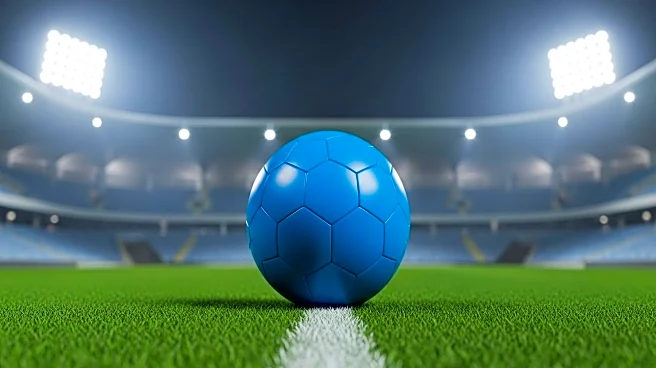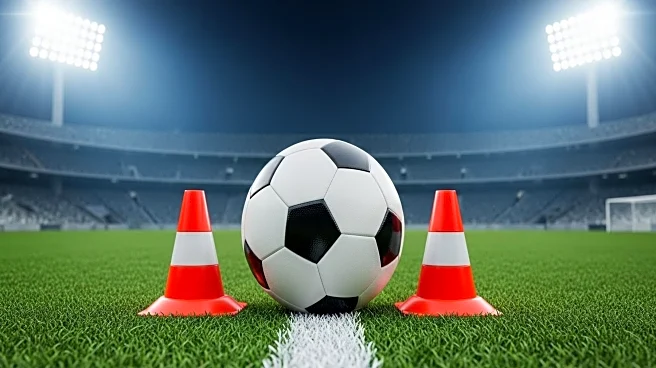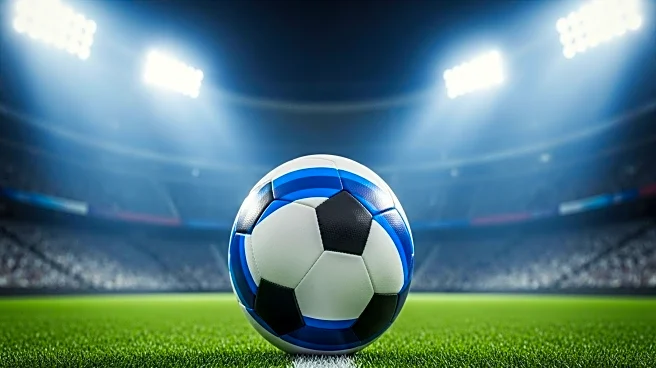What's Happening?
Mohamed Salah, Liverpool's star player, is facing scrutiny due to a noticeable decline in his performance metrics this season. Despite scoring three goals and providing three assists in ten matches, his work ethic has been criticized by Wayne Rooney, particularly for his lack of defensive contributions. Salah's current statistics show a significant drop in penalty-box touches and shots compared to previous seasons. Last season, Salah led the Premier League in passes into the penalty area and touches inside the penalty area, but this season, he ranks third and seventh respectively. This decline has raised concerns about whether age-related factors are affecting his ability to perform multiple roles on the field, such as center forward, winger, and attacking midfielder.
Why It's Important?
Salah's performance is crucial to Liverpool's success, as his ability to score and assist has been a key factor in the team's achievements. The decline in his metrics could impact Liverpool's standing in the Premier League, as they rely heavily on his contributions. If Salah's performance does not improve, it could lead to a broader decline in the team's effectiveness, potentially affecting their chances of winning titles. The situation also highlights the challenges of aging for professional athletes and the need for strategic adjustments in team dynamics to accommodate changes in player capabilities.
What's Next?
Liverpool may need to reassess their strategies and player roles to optimize Salah's contributions. This could involve adjusting his position on the field or modifying the team's tactical approach to better support his strengths. Additionally, the team might explore new formations or player combinations to enhance overall performance. Stakeholders, including the team's management and fans, will be closely monitoring Salah's progress and the team's results in upcoming matches.
Beyond the Headlines
The situation with Salah underscores the broader issue of how aging affects elite athletes and the importance of adapting to maintain competitive performance. It also raises questions about the sustainability of relying on star players and the need for teams to develop depth and versatility in their rosters. The cultural and emotional impact on fans, who have high expectations for their favorite players, adds another layer to the narrative.

